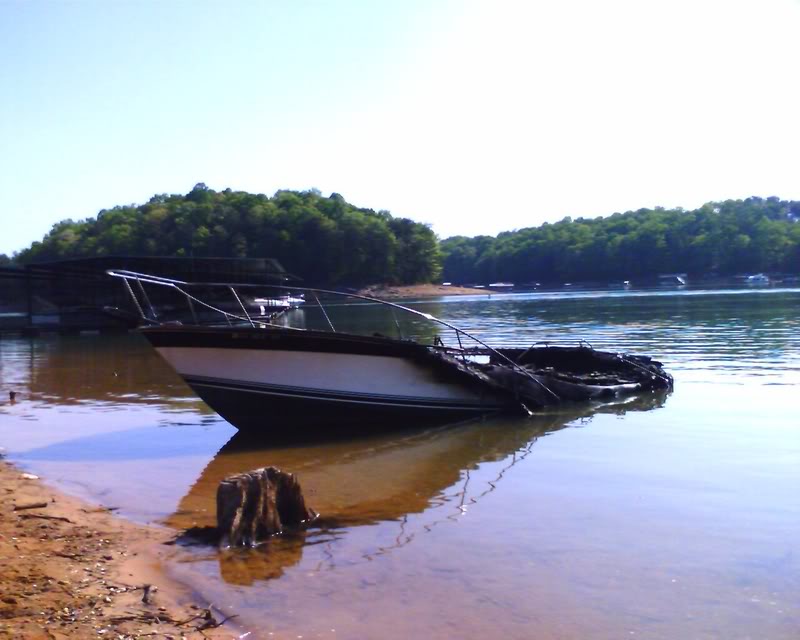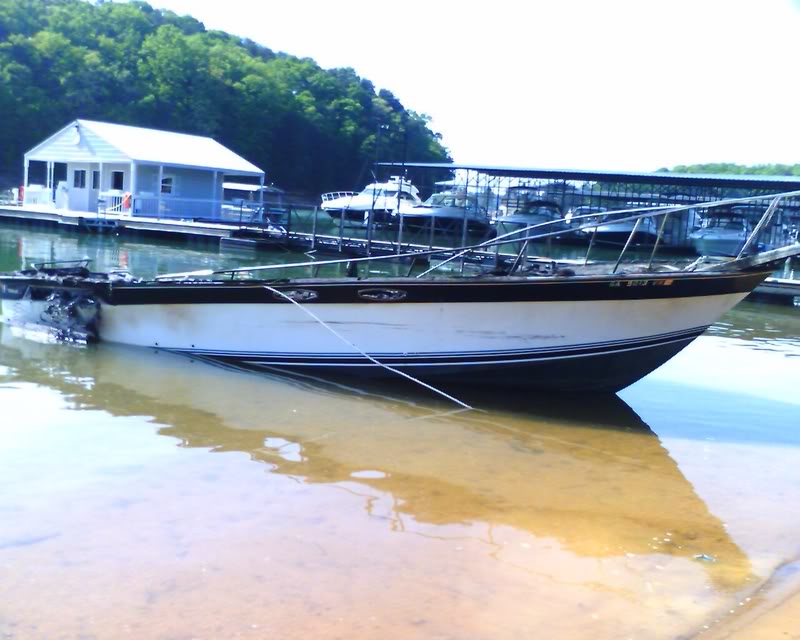RickB
Guru
- Joined
- Oct 20, 2007
- Messages
- 3,804
- Vessel Make
- CHB 48 Zodiac YL 4.2
Carey wrote:MTU = Motoren- und Turbinen-Union
*Is there an echo in here?
Carey wrote:MTU = Motoren- und Turbinen-Union
Carey wrote:Sorry, I have a short attention span.
We have*more than a few*MTU 2000s and 4000s in our fleet. They are beautiful engines*for sure. *They are much like the old 396s that are real thorobreds. When I was playing at yacht captain I ran a 106 foot jet boat with two 16V396s that put out around 5000 hp between them to drive a pair of Kamewa 71 size jets. Gawd that thing was awesome at full power ... you could hear the fuel flowing.sunchaser wrote:MTU, by virtue of acquiring DD,*became*a leading NA supplier of highway, off highway and marine engines.
FF wrote:*I cant wait till the local boat yard "mechanic" gets his hands on a 30,000 psi fuel system.


markpierce wrote:
Where do old/totaled boats go to die, anyway?* How much does it cost to get a boat disposed of?
That is why I consider a steel boat one of the "greenest afloat".* Also, they can be reapaired any where you can find a welder.* You can even carry a welder on board and repair it or add to it yourself.* No blisters,* You do have to worry about rust, galvanic, and electrolysis problems.* However, that can be dealt with.* For travelling the world, I think a steel boat is a great option.RickB wrote:
*
In the nearest landfill. The cost depends on how big, how many dumpsters it fills and how many people take how long to remove the flammable and toxic stuff.
Frontend loaders, backhoes, and chainsaws do a pretty good job of breaking up the hull. Steel or aluminum hulls get cut up and sold for scrap metal then recycled.
Eric, Uniflites definitely had a problem with hull blisters below the waterline as did many other makes.* NT and others may have gotten on to using vinyl ester resins in the first 1 or 2 coats in the mold.* Vinyl ester is much more resistant to water intrusion and blistering.nomadwilly wrote:
Moon,
That's interesting. I'm sorta look'in at a navy personnel boat conversion. I used to work at
Uniflite and I can't remember the details but I do remember about the fire retardant resin but I don't know if they (Uniflite) even had hull blisters. I have seen numerous Uniflites with lots of blisters on the gunnel's but don't recall seeing them on the hulls. The only boat that I'm very familiar with that has no blisters is the swedish built Albin. I've never heard of a Nordic Tug w blisters but I'll bet they have the plague too.
John, I am saying that there is a good chance of that. *I ordered my '04 Pilot for December of '03 delivery at the factory in St. Augustine (Midway GA plant had no way of on the water delivery).* I asked for the boat to be taken across the San Sebastion River*to St. Augustine Marine for bottom painting after an epoxy barrier coat was applied.* I was told that the expoxy barrier coat on that boat would be a total waste of money.* They then told me the story of why they were using vinyl ester resins and the big extra expense involved.Baker wrote:
I was under the impression some Willards had the same issues for the same reasons???
My Pilot is an 04. Are you saying they were vinylester and then went back to polyester when they moved?
